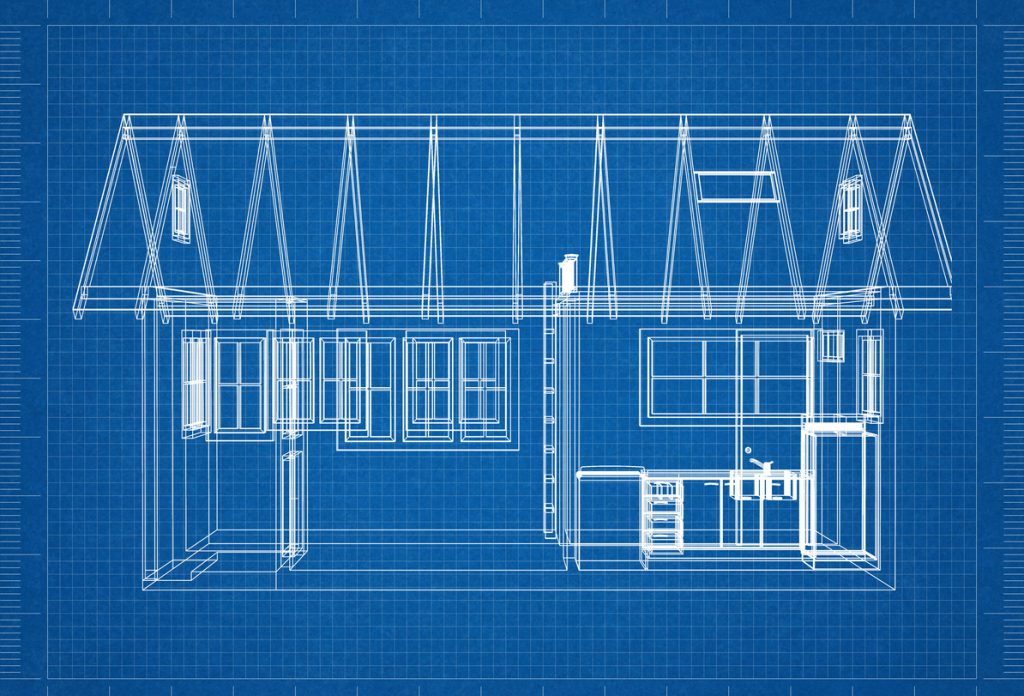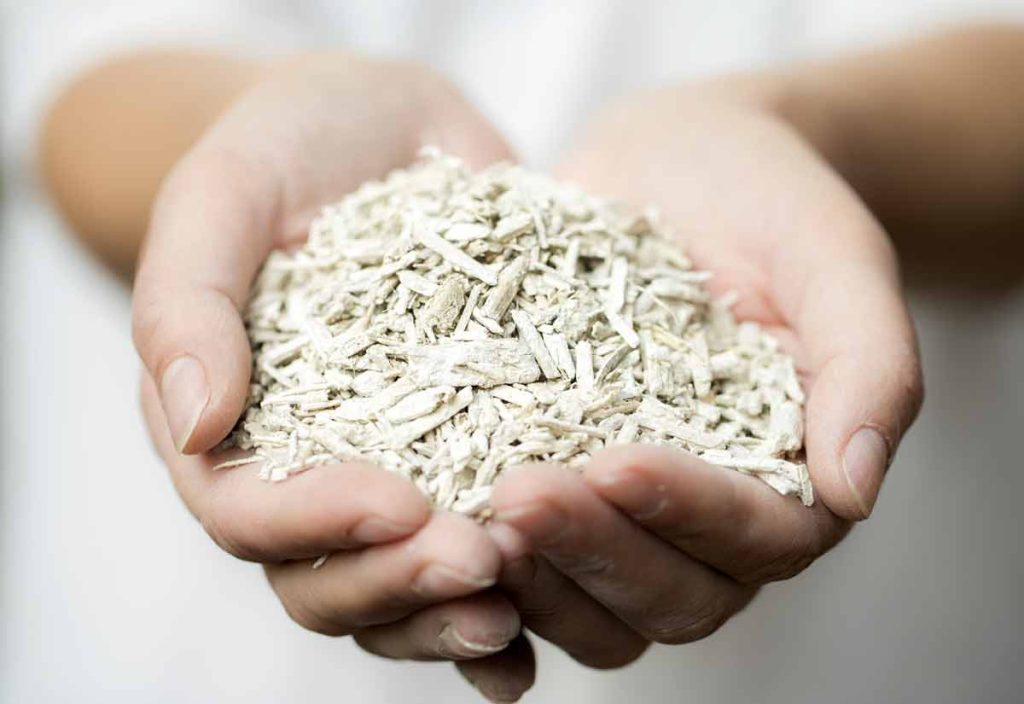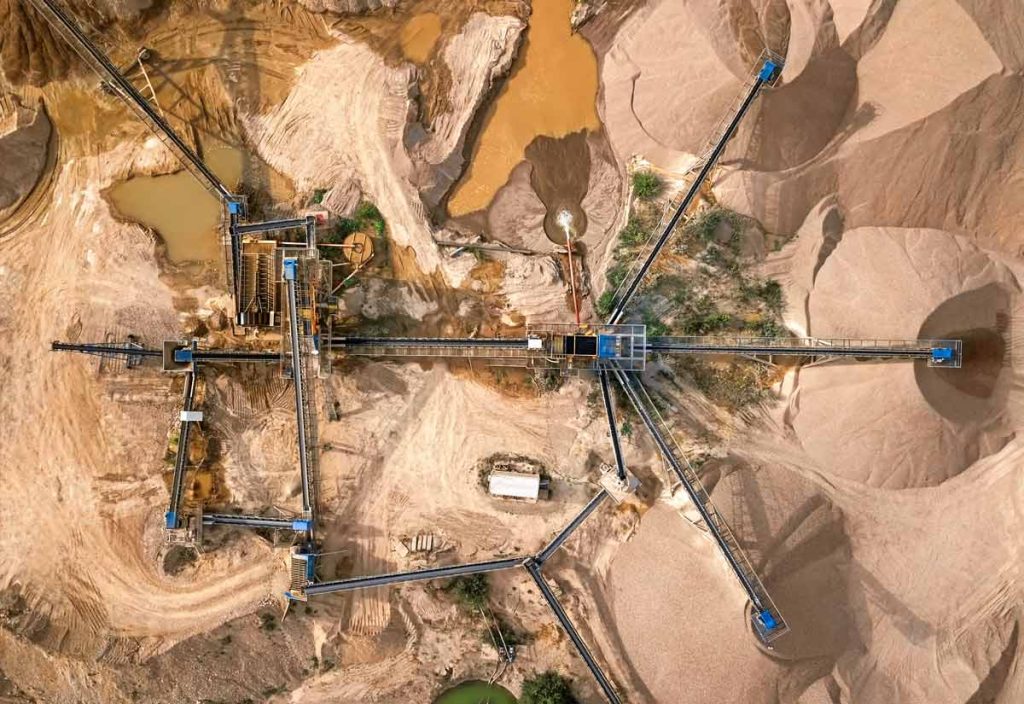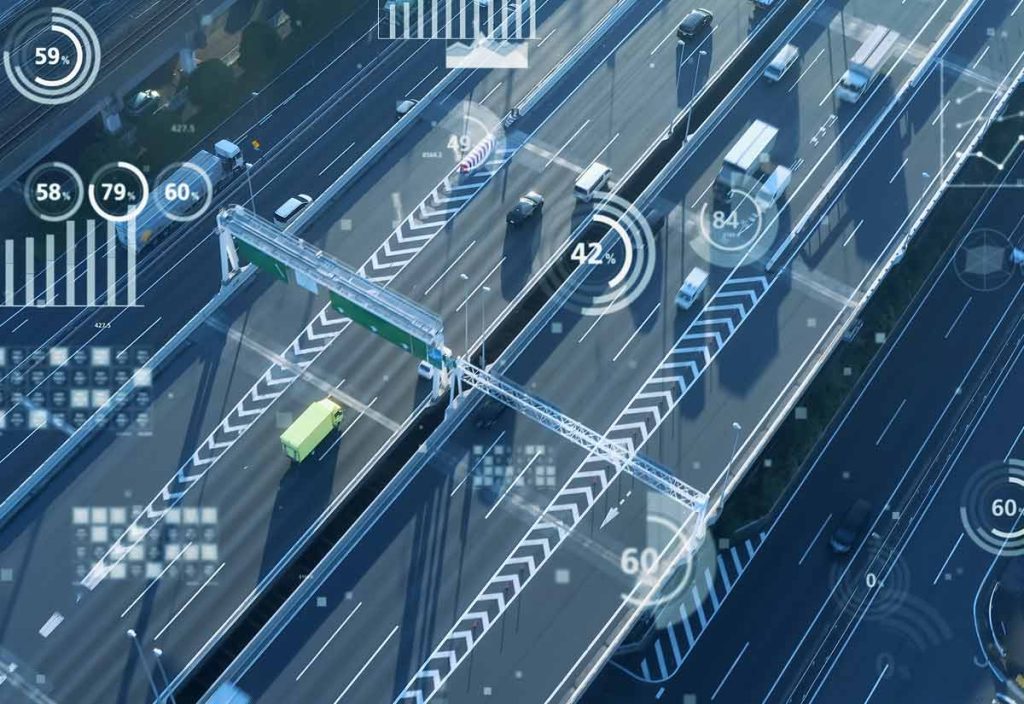Three things are coming together: The tiny home fad, modular construction and 3D printing.
Modular homes, houses preassembled in a factory and then delivered on-site, have a surprisingly long history. By the end of the nineteenth century, it was possible to order an entire house through the Sears catalog. Most customers were in the American West, but modular homes became even more popular after World War II.
For tiny homes, modular construction is almost a no-brainer. Now, we have 3D printing.
3D Printed Shells
A startup called Mighty Buildings is now using a 20-foot printer to produce the entire shell of tiny homes. The shell can be printed in 24 hours, then trucked to its new location. The primary market is accessory dwelling units, which have become popular either as a home for an aging relative or as a rental unit to make a bit of extra cash. While still illegal in many areas, building codes are being changed to accommodate them throughout the country.
So far, the houses are only approved in California, although given the tough requirements there, it should not be hard to get them up to code in other states.
Once on site, the tiny home gets its windows, plumbing and electrical. Bathrooms are created separately and slotted in as “bathroom pods.” Another advantage; the 3D printers take up far less space than traditional prefab construction, potentially allowing the construction of small houses closer to where they are needed. A relatively small warehouse could churn out tiny houses in an area with a housing shortage, allowing for a short shipping period, and saving money and energy.
Finally, 3D printing brings customization within the reach of people who are not rich. In the future, this might help people trying to build on oddly configured lots. It might also free the mind of the architect. Frank Lloyd Wright would have had a field day with this. Architects may even make use of the effects of 3D printing, such as striation in concrete, for deliberate aesthetic purposes.
What About the Future?
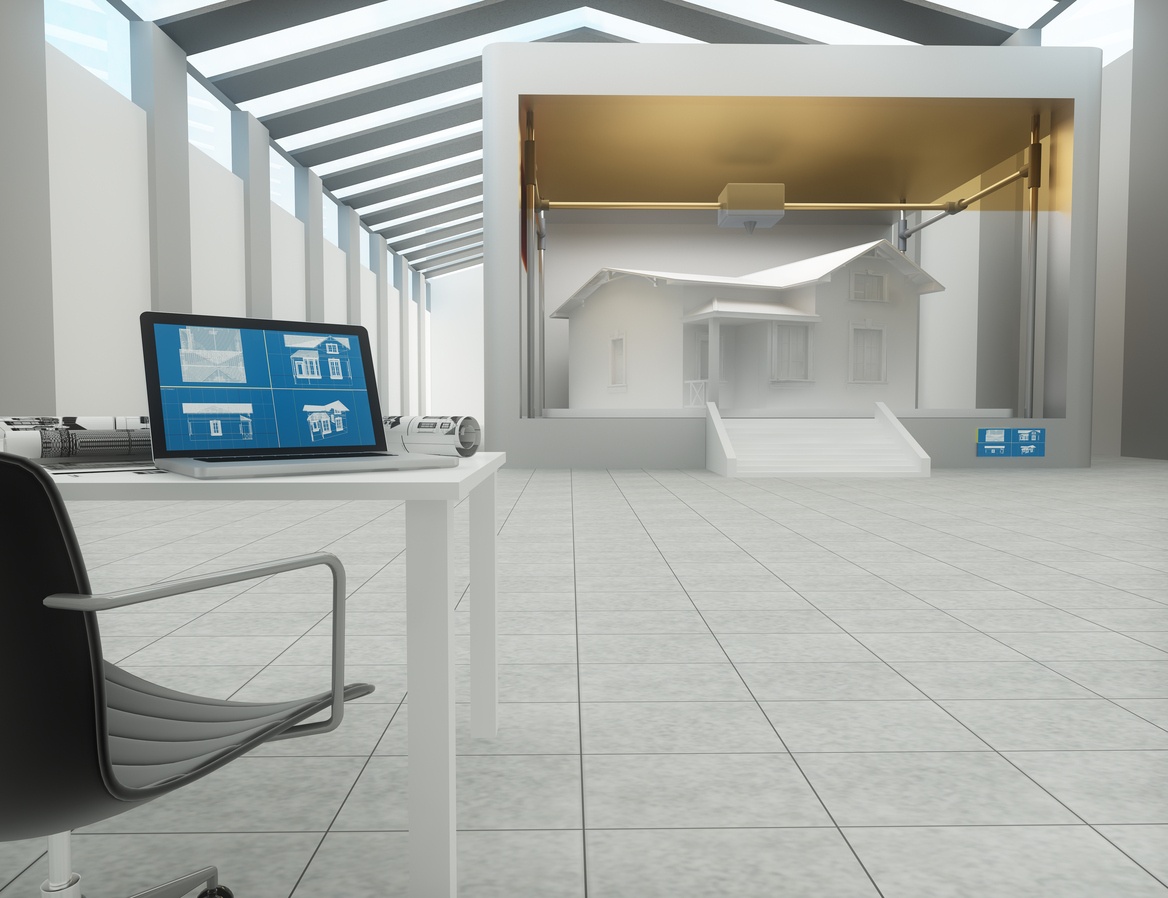
Mighty Buildings has various design, including a three-bedroom, two-bathroom house, and are looking into finding materials that would allow modular construction of multi-family buildings. Imagine a new building where each apartment is 3D printed and then moved into place using a large crane.
3D printed houses could also be built on site, although this opens them up to the vagaries of the weather. The Dubai Future Foundation created the world’s first 3D printed commercial building. Right now, we can’t do massive, city level structures. The first 3D-printed skyscraper is a long way away…but it’s no longer science fiction. It’s a matter of feasibility and the right materials.
3D printing in construction will reduce costs, supporting an increase in affordable housing. It will also save lives; construction is one of the most dangerous industries and 3D printing reduces the amount of time spent in dangerous positions with high risk of falling. 3D printed developments, too, could allow for more variety and less of the “cookie cutter” effect of traditional builds, where new owners basically get to choose between dexter and sinister. Instead, the first owner of a house could have input into the design before it is built, adjusting almost every part of it.
It’s very likely that within a few years quite a few of us will be living in 3D printed homes (possibly stocked with 3D printed furniture). It might even become a thing, eventually, that having a site-built home becomes a status symbol, something for the rich. All of this will affect the construction industry, for better or for worse. For all of your talent and recruitment needs, contact Resource Erectors today.
